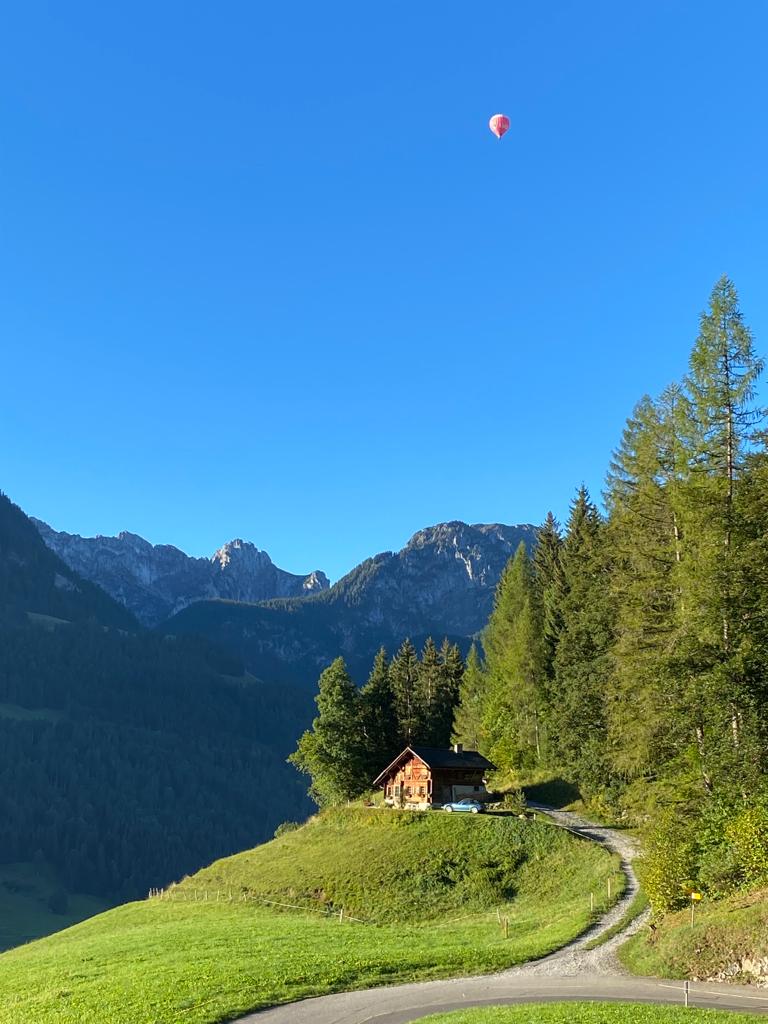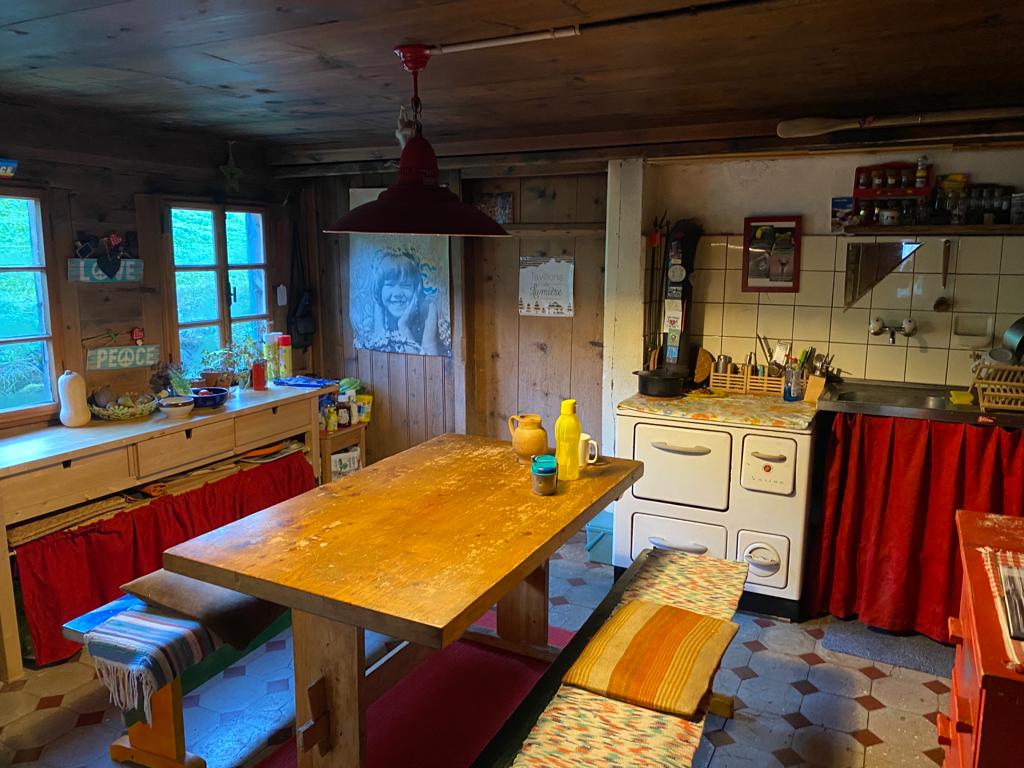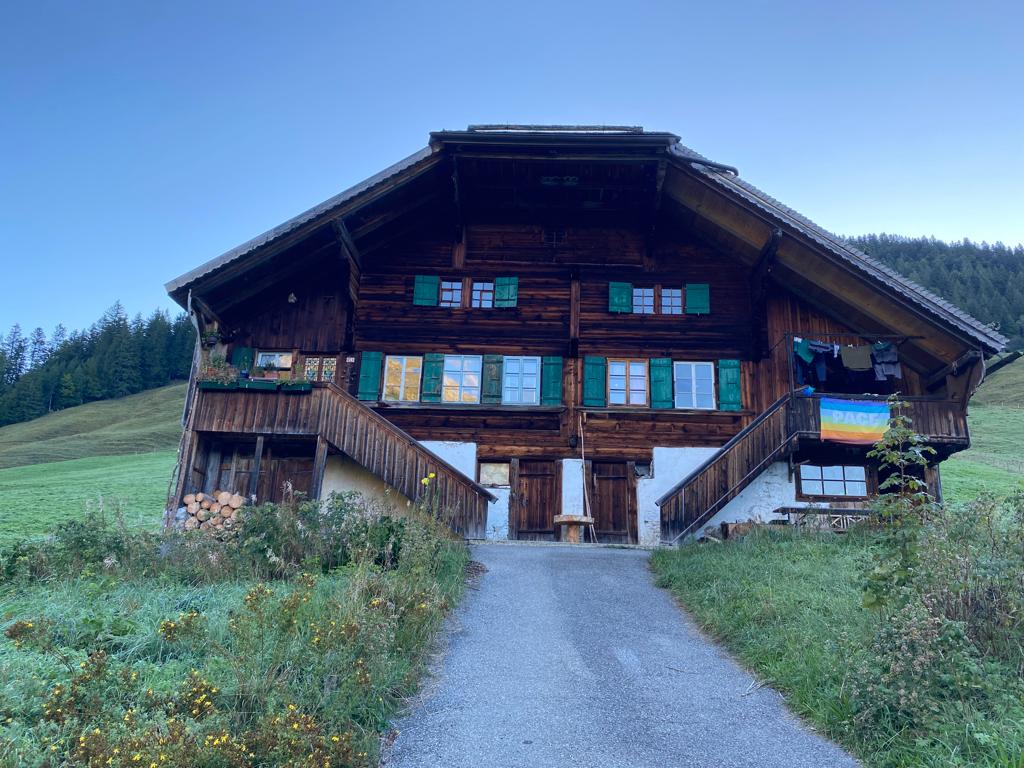When people think of Switzerland they usually have chocolate, mountains, and watches on their mind – which, admittedly, was a big part of my life in earlier days. However, my last trip back to my home country gave me a chance to explore new corners of this tiny, yet so diverse, country in the middle of Europe.
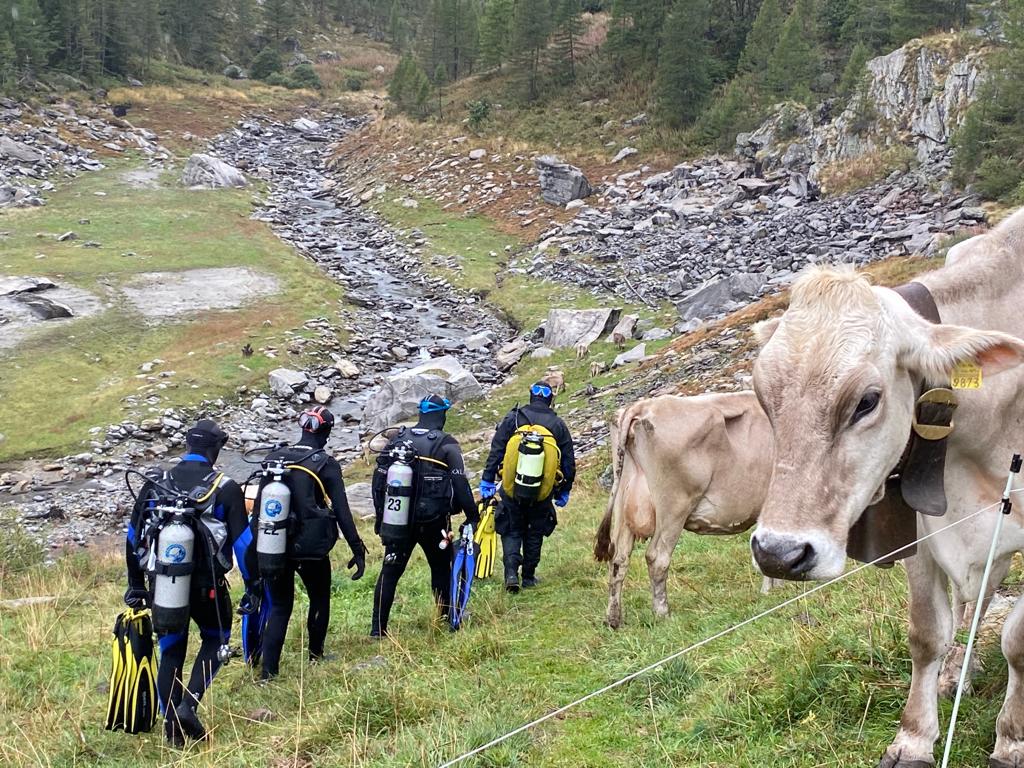
Next to French caves, Nordic mines, and Eastern European cave systems, Switzerland never ranked as an important “cave country” – at least not that we Swiss people would have any awareness of. The fact that the 2nd longest cave in Europe is in Switzerland (“Hölloch” – which means “Hell’s Hole”, with 210km of explored passages) and the fact that Swiss explorers are currently trying to connect two systems with an overall length of approximately 250 km, was very interesting to me. Even more intriguing is that finding the connection between the two was stopped due to an insurmountable passage – filled with water. Michael Höttl, a Swiss cave diver and explorer, was the first and as of now only explorer who managed to find a continuing passage in the flooded part of the cave in 2023 after years of failure. Terrible visibility had prevented any further success in earlier years. I now follow this progress closely and wish them lots of success connecting the two cave systems, but of course also hope for more flooded and dive-able passages (I then wish for a little bit better visibility though).
Luckily there are other flooded caves in Switzerland, in which the hard work of exploration had been done already. So I decided to see them for myself in the summer of 2022. Not knowing anything about cave diving in Europe, I got in contact with Walter Gallmann, Vice President of the Swiss Cave Diving Association. Being aware that I was based in Mexico, he gently introduced me to what I could expect: 6-9 Celsius, depth, long walks to the cave entrances and that we had to hope for good weather conditions prior to diving. We quickly agreed on a weekend trip to the French part of Switzerland for my first Swiss cave diving experience.

Our first stop was the beautiful Lake of Thun. I met Walter and his partner Simone in a parking lot on the shore of the lake, where Walter briefed us about the site and dive plan. We agreed on procedures and off we went. After a couple of lake dives in the area around my hometown, Zürich, I luckily was acclimatized to the cold water already. As the cave entrance is 800m away from where we entered the lake, we decided to scooter through the open water section and drop the scooters right at the entrance before descending into a dark void. It was exactly the way Walter had described. Of course cold, but that wasn’t new to me. We also had quite low visibility. In Mexico we are spoiled with amazing visibility year around. In Switzerland this depends on weather conditions though. We checked the expected flow and tracked rainfalls in the area closely. Not having had rain for a couple of days made visibility “good enough” on that day.
The biggest difference to Mexico to me though were the cave lines. Walter had warned me: “You can never be sure what the condition of the lines will be like…”. There’s also a lack of tie offs and therefore drilling is needed to lay lines in a safe way and I could not figure out how in the world I should place my Cookies on a thick metal chain marking the way to the exit – so we didn’t. The cave itself became deep quickly so we turned after reaching our max. depth of 45m and ending our dive with a run time of 80min. What an introduction to Swiss caves with all the challenges coming with it. I couldn’t wait to see more.
After filling our tanks in Bern, the capital city of Switzerland, we made our way to the French-speaking part of the country to dive the “Source de l’Orbe” the next morning. Arriving early allowed us to stage our tanks in front of the cave entrance and visit the dry section, which is a very popular tourist attraction in the area.
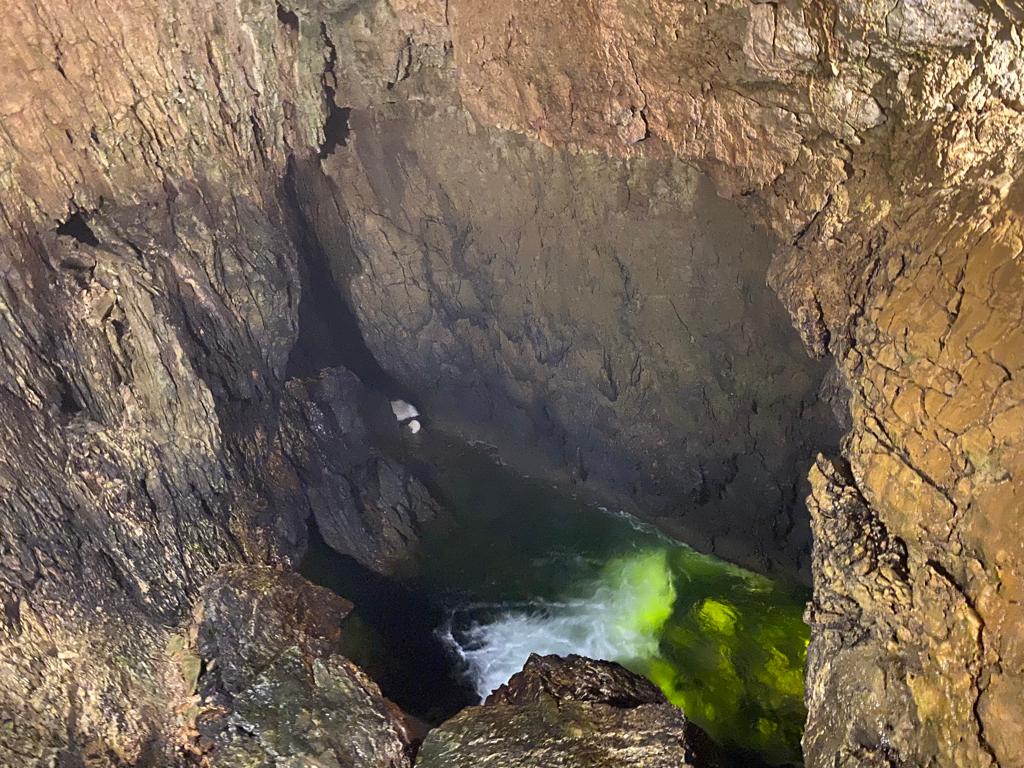
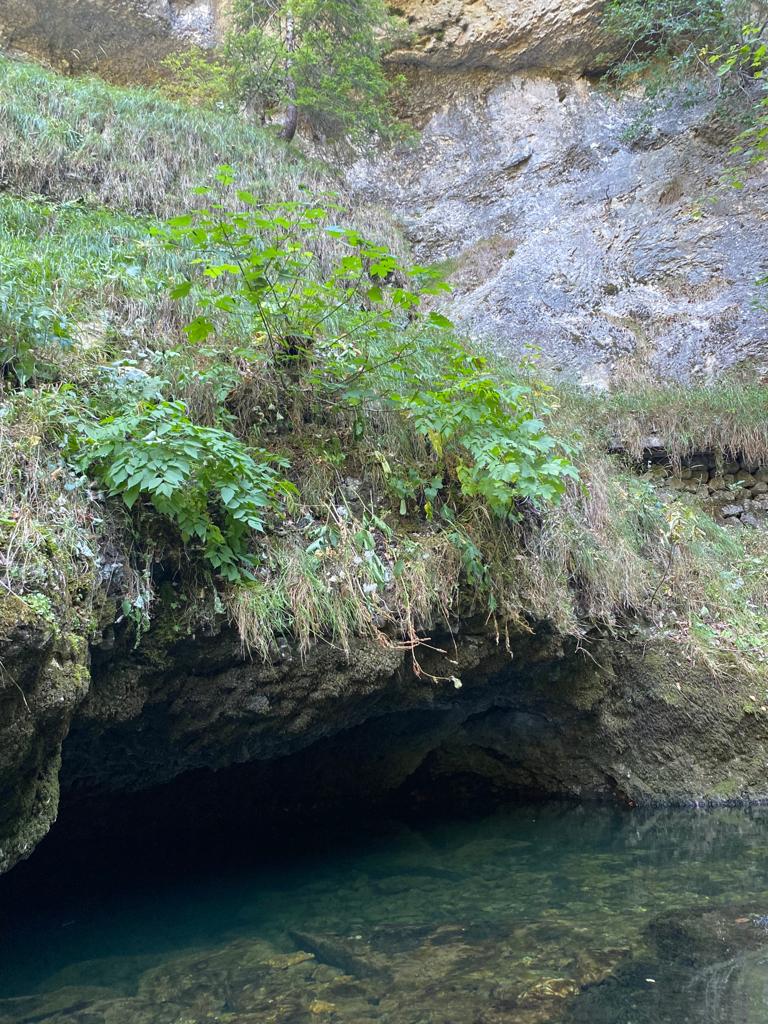
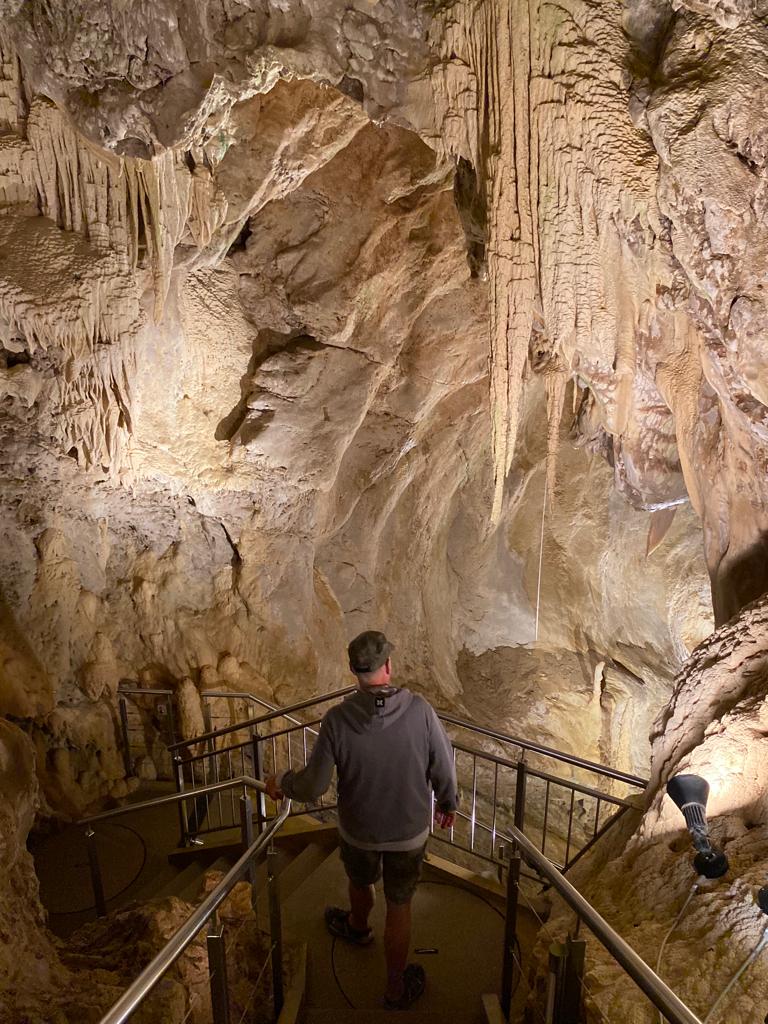
The dive is summarized quickly: Steep and narrow shafts, comfortable water temperatures of 17C, and a dive time of 45 minutes – a lot of the caves in the area have only a few navigation points and wall out (or have not been explored any further) rather fast. It’s the process and good company you need to enjoy – not only the diving… 😊
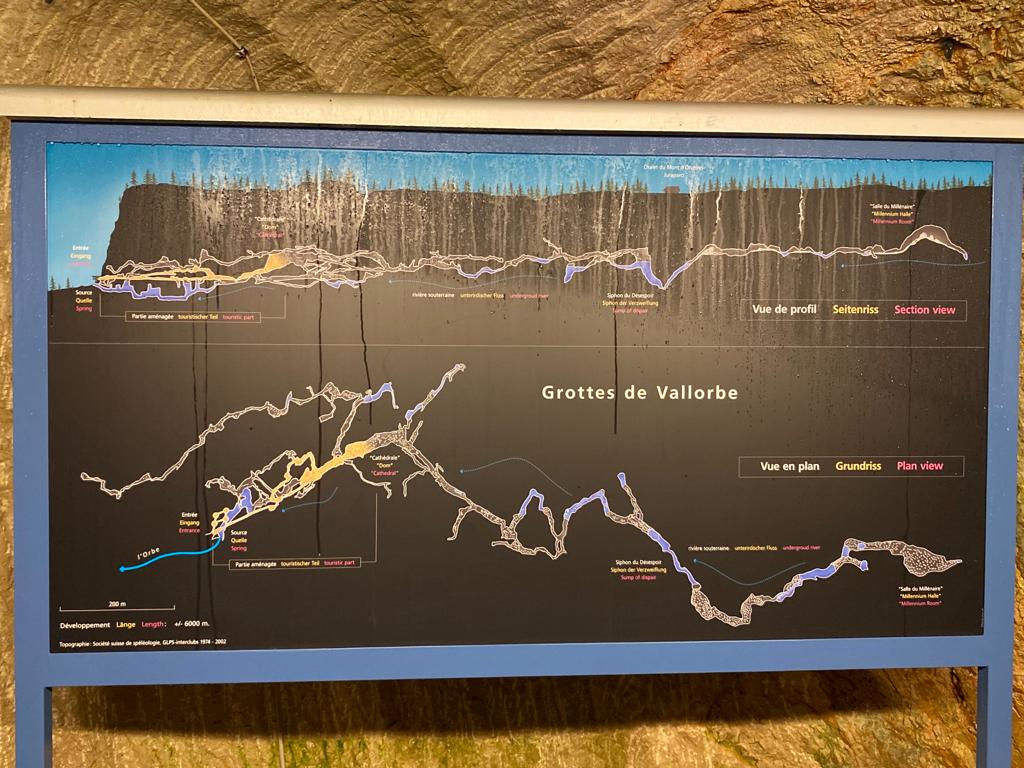
Only a 30-minute drive over the French border, we arrived at our next destination. A cave called “Source Bleue”. As the name “Blue Spring” suggests, we encountered crystal clear blue water – conditions similar to Mexico with some minor differences: Visibility was not as great underwater as I had hoped, difference in temperature of 19C compared to the Cenotes of the Yucatan Peninsula, no navigation needed and the cave walled out after 20 minutes.
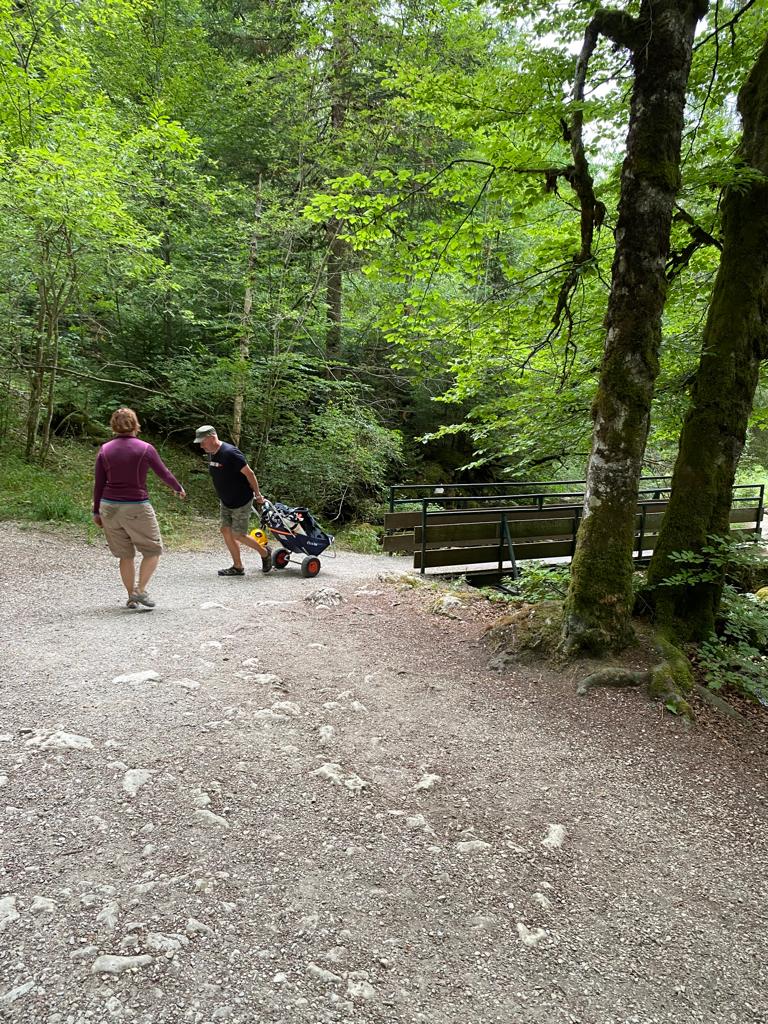
Even if I wished for longer dive times overall, I would highly recommend cave diving in Switzerland. I had a wonderful time with Walter and Simone, was thrilled to learn more about my home country’s cave world, and loved the challenge cold water cave diving comes with.
In fact, I liked our trip so much that Walter, Simone and I decided to drive to Chaudanne a couple of weeks later. Walter was thrilled to show me his favorite Swiss cave. The story is told quickly: After a 3.5h drive, an overnight stay in a wonderful Swiss Chalet, and the observation of the spring “Source de Chaudanne” the next morning, we called it a day due to zero visibility and headed home to Zürich again… I cannot emphasize enough: It’s about the process and the good company! 😉 I cannot wait to team up with Walter and Simone the next time I am in Switzerland and try again.
